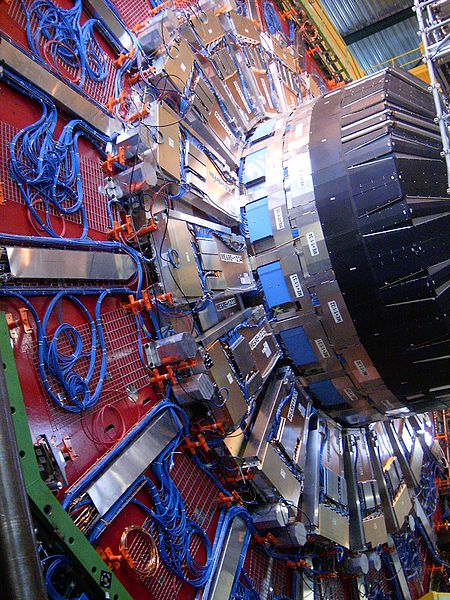Kicking the world’s largest machine into overdrive is turning out to be harder than expected. Researchers at the Large Hadron Collider at CERN, near Geneva in Switzerland, say that plans to run their physics experiments at higher energies are likely to be delayed until next year.
The LHC was rebooted in April, after a two-year shutdown to upgrade the machine. In the second run, it should be able to gather physics data at energies of 13 teraelectronvolts, the highest-energy collisions of particle beams ever. But researchers in charge of getting it up and running again, who this week presented the first report on the LHC’s performance at a conference in Ljubljana, Slovenia, have revealed that things haven’t quite gone as planned.
“The process is slightly slower than we would have hoped,” says Paul Collier, the LHC’s head of beams. Clouds of electrons created by ionised gas in the beam chamber and microscopic dust particles – playfully known as unidentified falling objects, or UFOs – are interrupting the beams and making it harder to get the LHC running consistently.
(Read the rest of the story here…)
